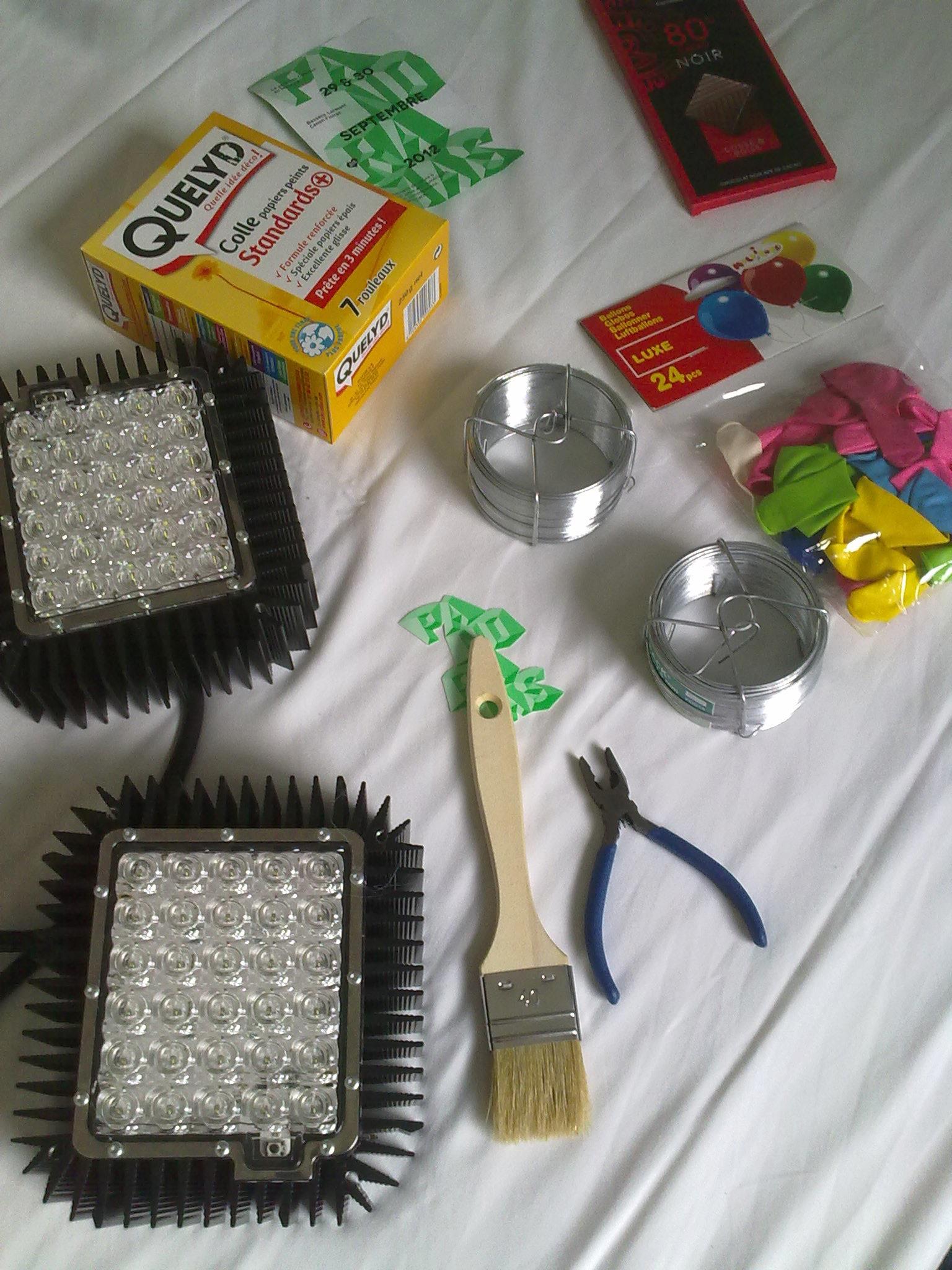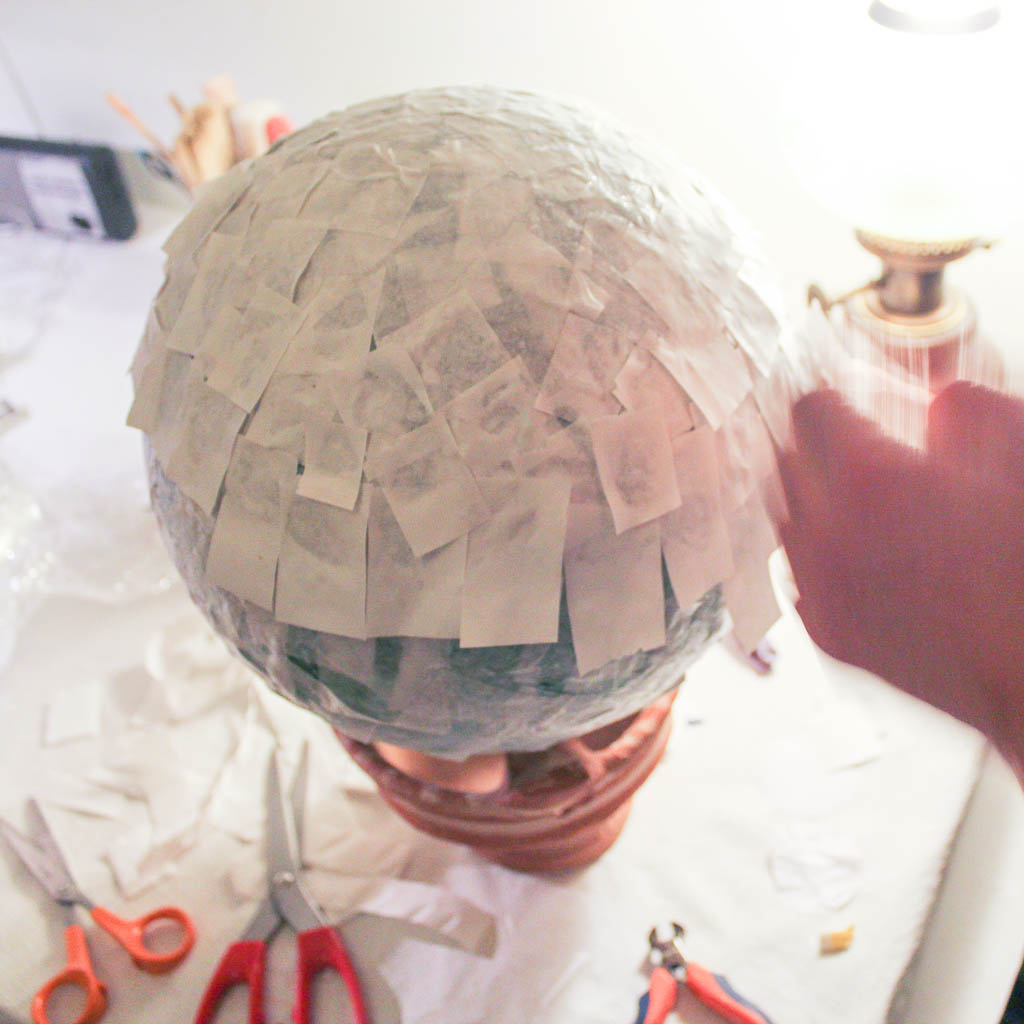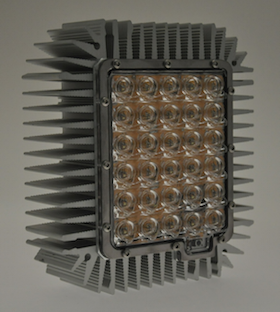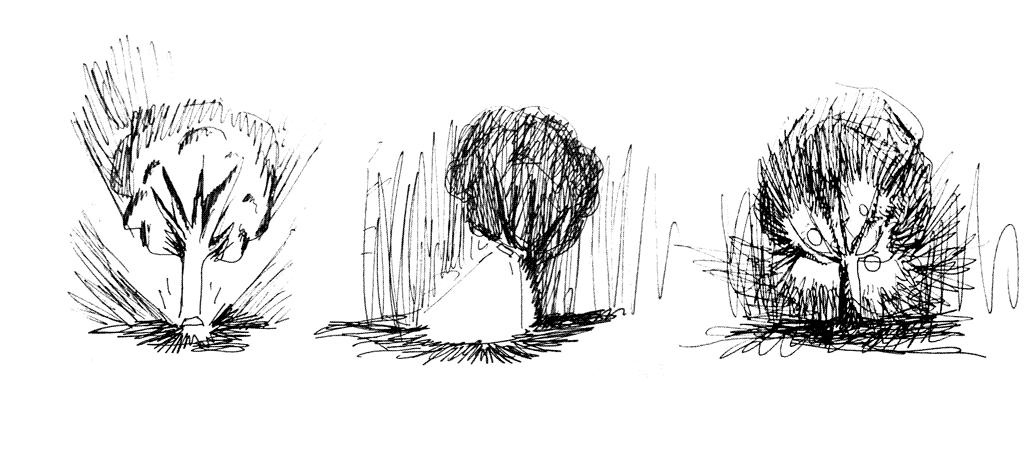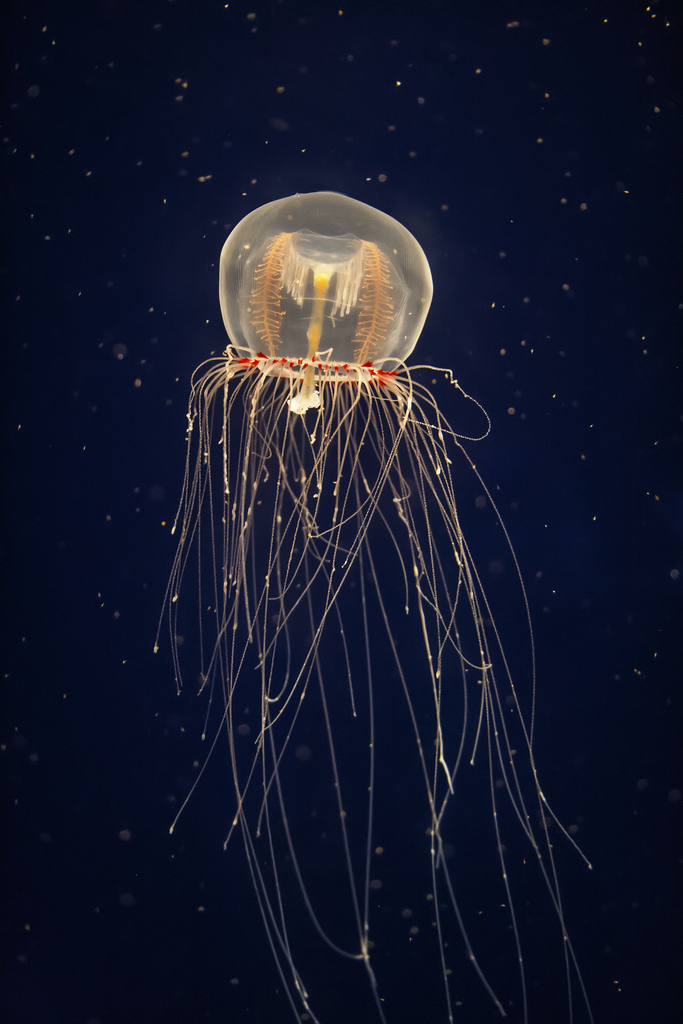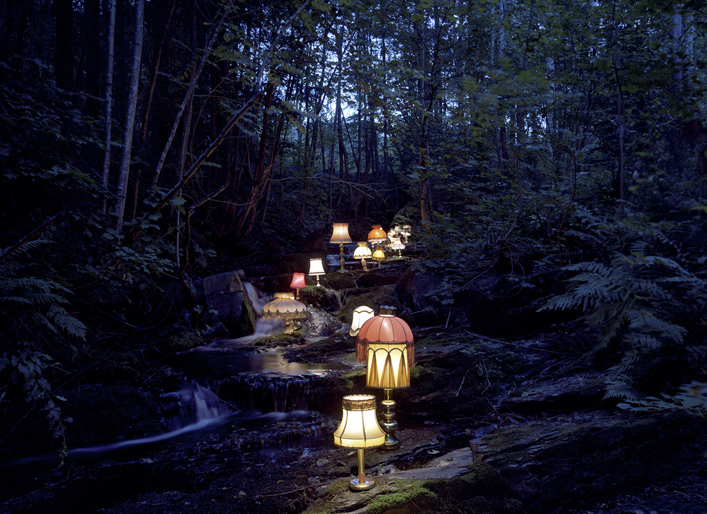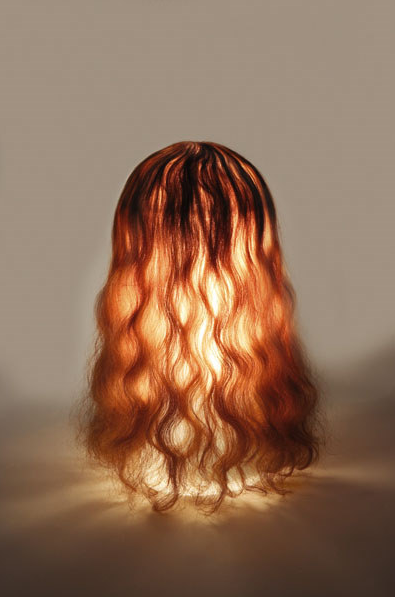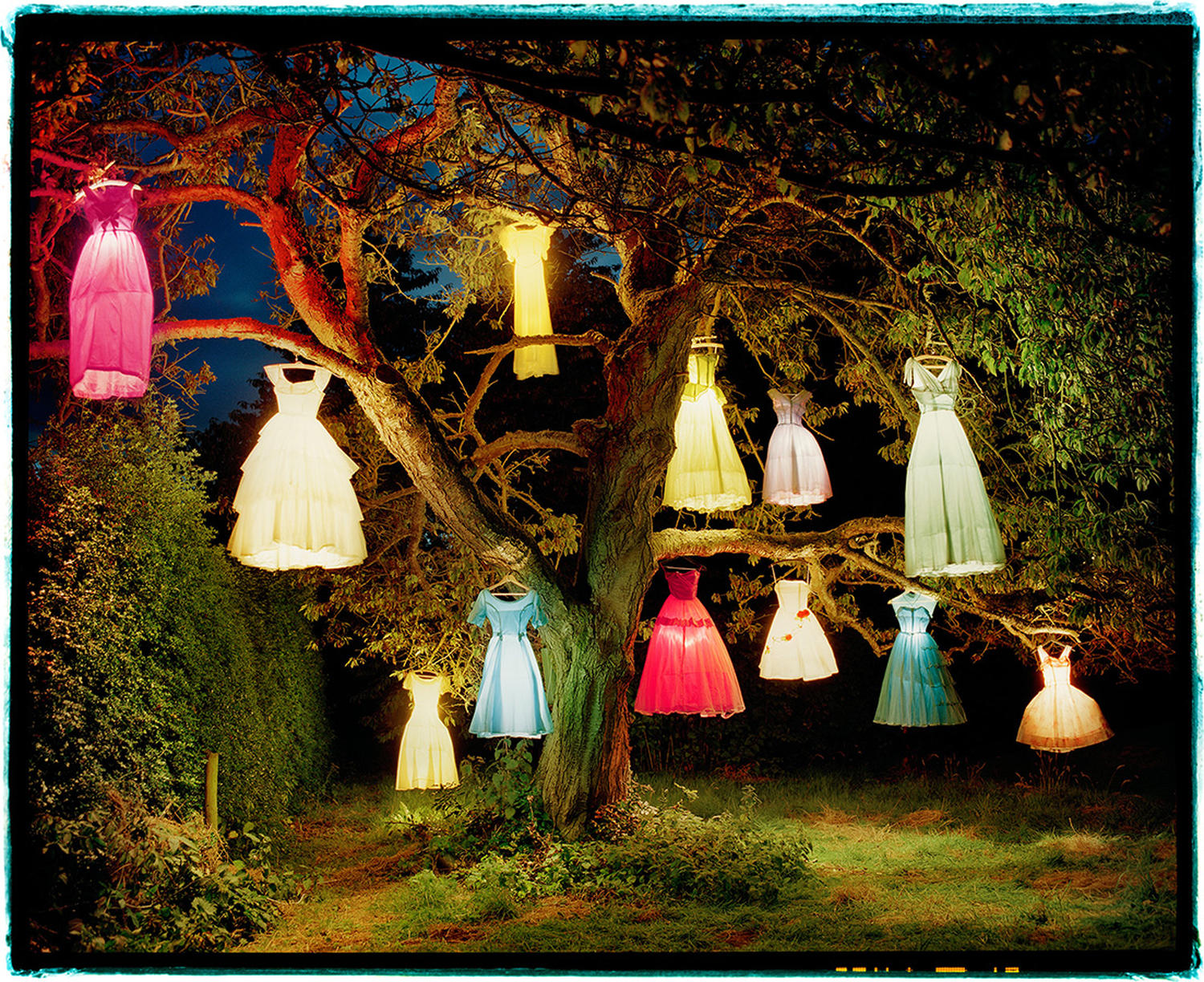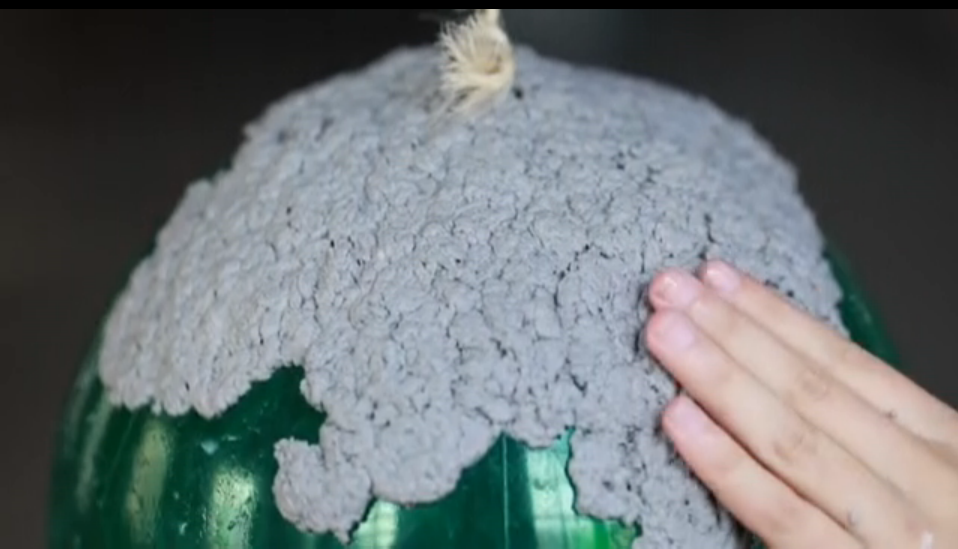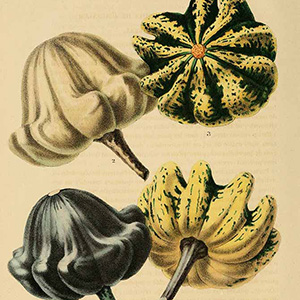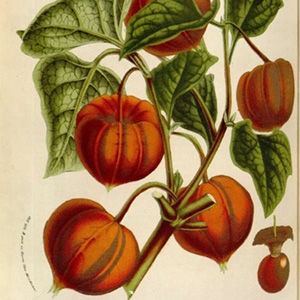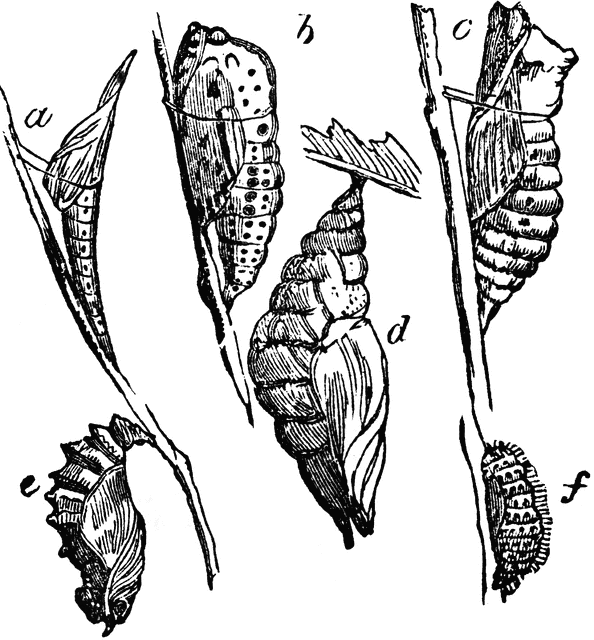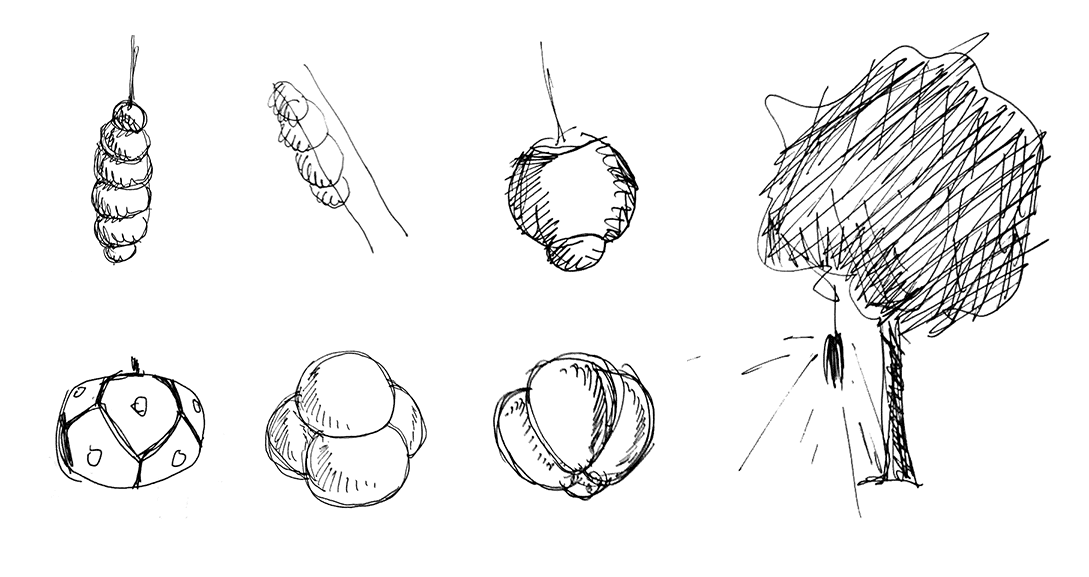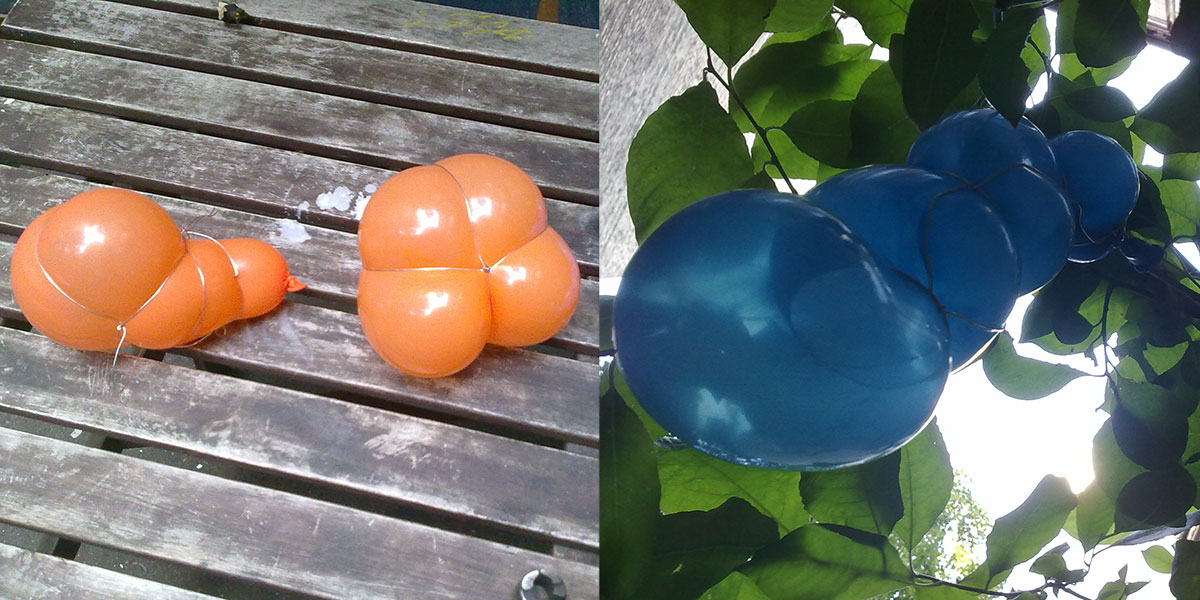The interactive light installation Sirènes Sylvestres was planned to be exhibited near Bordeaux. Its lights were designed in Berlin, to be produced in-situ.
With the great help of Ben’s family, in Bordeaux, in 3 days, we managed to produce a fair amount of lamp-shades.
- The tools needed to construct lanterns for the big LED modules.
- Gluing paper on balloons…
- 30 lanterns was built.
Those lanterns where build out of heat-resistant confetti, and were big enough to host the light blocks. But after some tests and a couple of unexpected issues, we had to give up on using those blocks. We used instead classic halogen light bulbs, easier to attach and to plug. Here is how it looked like:
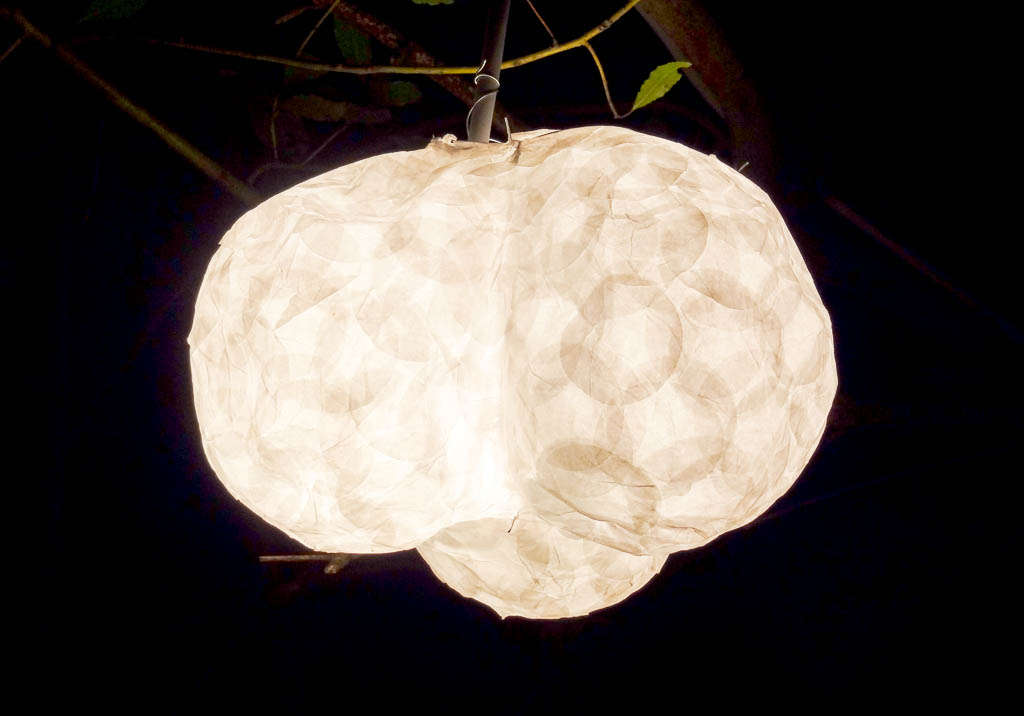
Lamp-shade made out of heat-resistant confetti, litten by an halogen bulb.
Came the time to go to the woods! The nice part was to find interesting spots for the lights to guide the visitors, but most of the time and efforts was spent on cutting and connecting cables to the lights and sensors. More than 200 meters of electric cable were running in the forest, next to the path. I’d like to warmly thank Rabah, Ben, Tam, Média-Cité team, panOrama team, Lab212 friends, Léna and her friends for their precious help.
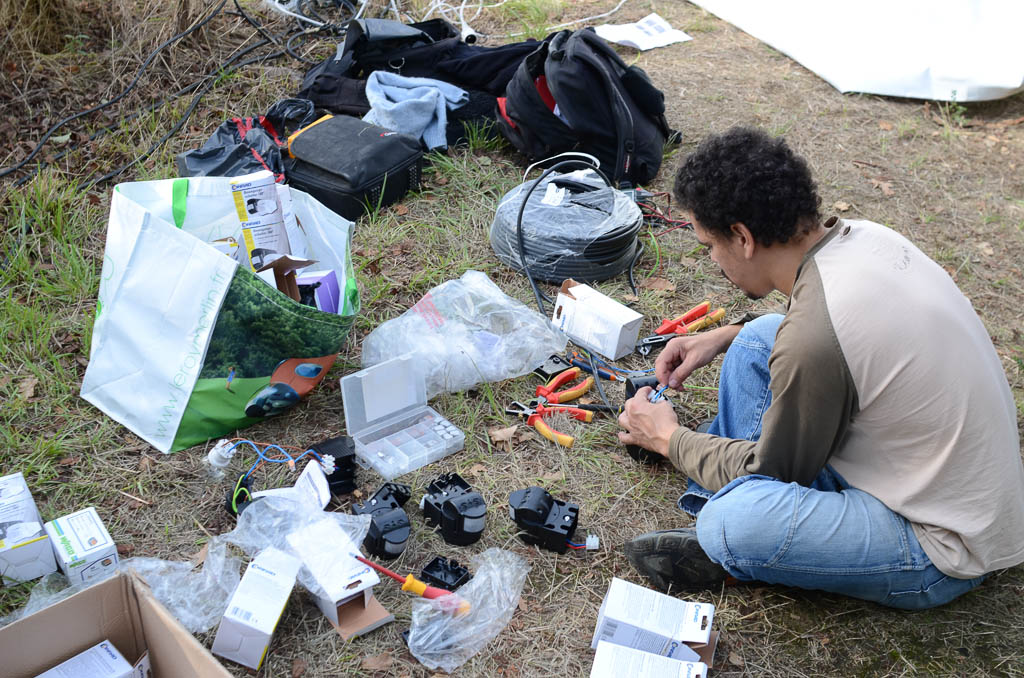
Preparing lights and sensor.
Shortly before the opening of the event, half of the path encountered a short circuit, but the main part of the path was ready for the first exhibition of Sirènes Sylvestres!
